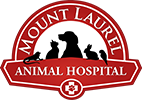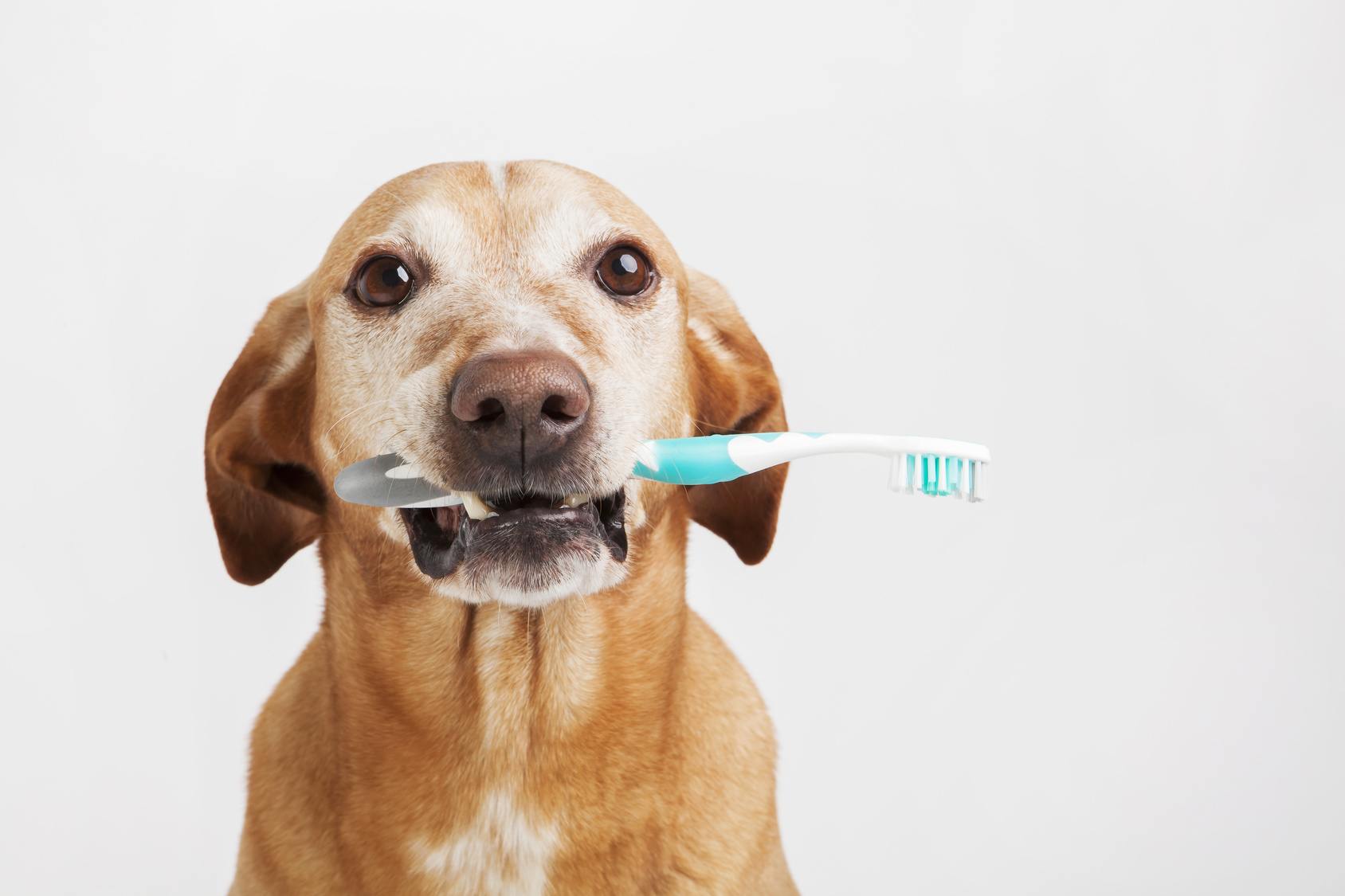February is National Pet Dental Health Month. It’s key to realize that our pet’s dental health is very important and that there are things we can be doing as pet owners, from the time they are puppies and kittens, to give them the best oral health possible! Did you know that adult dogs have 42 teeth and cats have 30!
Dogs and cats baby (deciduous) teeth start to erupt at several weeks of age. Their deciduous teeth are replaced by their permanent dentition between 4-6 months of age. When our pets are puppies and kittens is the perfect time to get them used to having their mouths opened and touching their teeth and gums. This will not only make your pet more amenable to oral exams at vet visits, but they will also be much more likely to tolerate routine teeth brushing. Please see Dr. Karen Hoffman’s video on how to brush your pet’s teeth by CLICKING HERE. Also, remember to discuss appropriate chew toys with your veterinarian. Bones, antlers and tennis balls can cause abnormal dental wear and even broken teeth!
The progression of dental disease starts with the accumulation of tartar and bacteria on the surface of the tooth. The tartar can form a thick calculus and the bacteria will begin to penetrate the space between the gingiva (gums) and the tooth, causing inflammation and weakening the attachment between the tooth and the bone that holds it in place. Over time, painful gingivitis can occur, the tooth can become loose and bacteria can cause an abscess to form. Your veterinarian may recommend a dental for a routine cleaning to prevent this from occurring OR to address these problems after they have already occurred.
Dental procedures at our hospital require the patient to undergo general anesthesia. Full mouth radiographs are performed and viewed by the doctor to identify problems under the gumline. Also, the veterinarian examines each surface of every tooth for fractures, pockets of infection and mobility. This helps to identify whether any extractions are necessary. An extraction is typically performed by creating a flap in the gums, drilling out the unhealthy tooth and root (cat and dog teeth can have up to 3 roots) and surgically closing the gingival flap overtop. All remaining teeth are cleaned using an ultrasonic scaler to remove tartar under the gumline and then polished.
Take time to discuss your pet’s oral health with your veterinarian as ignoring our pet’s dental care can lead to oral pain, poor overall health, costly extractions and horrible stinky breath!
Author: Dr. Erika Sweigard

